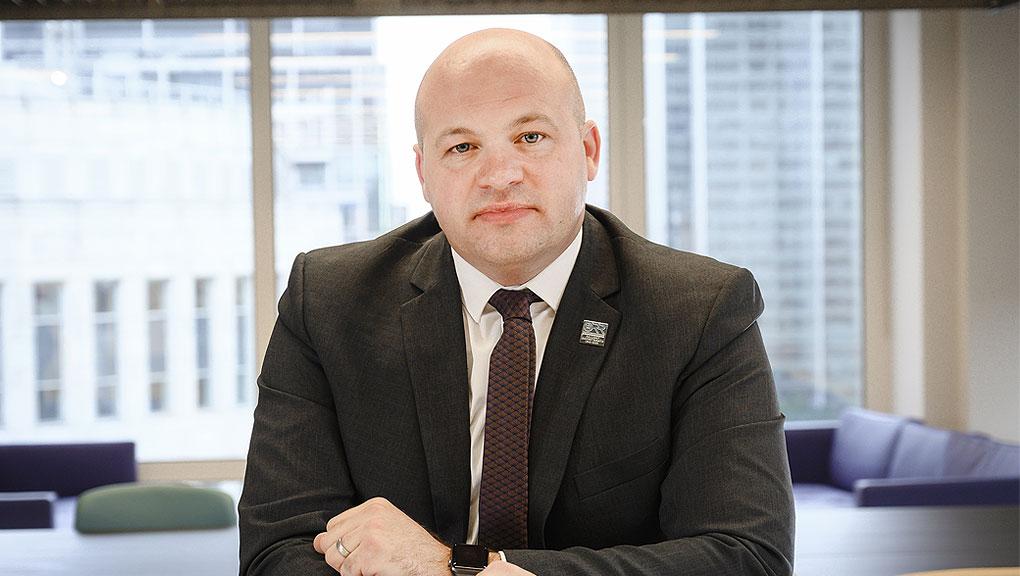
It's an honour to lead the Railway Safety Directorate as His Majesty’s Chief Inspector of Railways. Firstly, I’d like to pay tribute to my predecessor Ian Prosser, who since 2008 has helped the industry make huge improvements in reducing risk across Great Britain's railways.
The industry is generally in a good place with one of the best safety records in the world, with the publication of our latest Health and Safety Annual Report, and my approach will be one of evolution, not revolution, in terms of our regulatory role. Strong collaboration with all parts of the industry will continue to feature heavily in our approach. I however take up this role at a time when the UK rail industry faces significant challenges. And this report sets out the challenges at the start of my tenure and what I see as the themes to focus on in the year ahead to help address these.
Network Rail
Last year we set out our expectations of how Network Rail should use its funding for the next five years to support its commitments to managing its railway infrastructure in Britain. One of the big challenges it faces is managing asset safety in the face of weather-related risks, especially from extreme weather. The real impact that climate-related changes are having on our infrastructure and operations are visible – this is not a problem for the future, but one we are facing now.
Mainline operators
The number of Signals Passed at Danger (SPADs) that were attributed to drivers increased during the reporting year, so further work across the industry is required to understand what underpins this growing trend, and subsequently, what more can be done in the intervening period before the European Train Control System (ETCS), with speed supervision, is implemented more widely.
Some Train Operating Companies (TOCs) have not implemented effective change management processes when modifying existing and introducing new train fleets. This, and an underlying apparent weakness in risk-assessment capability, must be addressed.
Non-mainline
We continue to support the good work of the Light Rail Safety and Standards Board (LRSSB) in driving improvements across the tram sector and entered into a new Memorandum of Understanding (MoU) with them to strengthen and formalise our relationship, during the past year. And in the heritage sector, we published new guidance to assist operators with developing effective, but proportionate health and safety management systems. The in-person workshop events we held across GB on the back of this work (helpfully supported by the Heritage Railway Association) received really positive feedback.
The future
Finally, I expect this work year to be a continuation of my transition into the Chief Inspector role. I will be looking for opportunities to evolve our approach and deliver regulatory excellence in all that we do to achieve a healthier and safer railway in the most effective, efficient, and sustainable way possible.
Strong collaboration with all parts of the industry and being true to our values as an independent regulator will be key guiding principles on this journey. I look forward to working with you during the year ahead.

